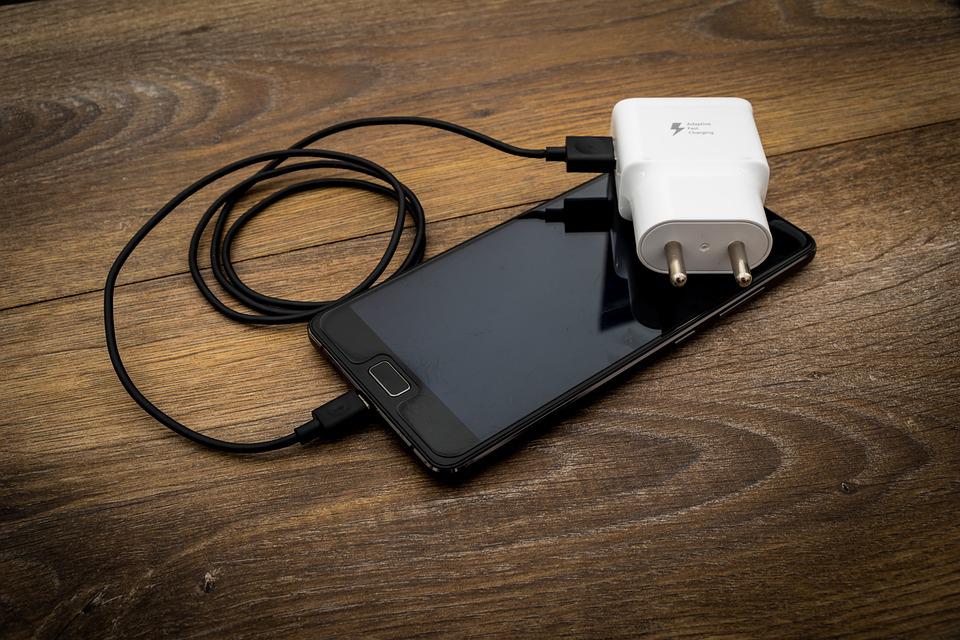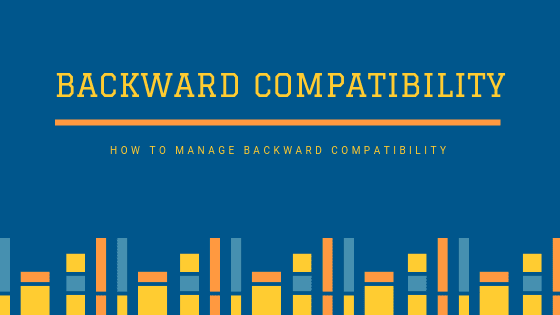USB-C is the emerging standard for charging devices and transferring data.
Right now, it comes included in devices such as the newest smartphones, laptops, and tablets.

Over time, it’s expected to be included on everything that currently uses an older and larger USB connector.
While the specs for USB-C were first published back in 2014, it’s only recently that this technology has begun to catch on.
It’s not only becoming a good replacement for the older USB standards but also others such as DisplayPort and Thunderbolt.
New Connector Shape
USB-C has a much smaller physical connector that is around the same size as the micro-USB connector.
It can support various new and faster USB standards such as USB power delivery and USB 3.1.
It has been designed to keep up with devices becoming smaller and slimmer, and unlike the traditional USB connector which is massive and only plugs in one way, the USB-C connector plugs in either way around.
The tiny connector is designed to be small enough to easily fit into a super slim smartphone or laptop, while still being powerful enough to connect all the peripherals that you might want to use.
Power Delivery
What is USB-C power delivery? Currently, a traditional USB 2.0 connection will provide up to 2.5 watts of power, which is usually enough to charge your tablet or phone.
However, the USB power delivery specification that is supported by USB-C increases the power delivery to a massive 100 watts, allowing you to charge much faster.
Along with this, it is bi-directional allowing a device to either send or receive power.
This makes it possible to use the same cable for charging both your smartphone and your laptop for the first time, with devices such as new MacBooks from Apple and Chromebooks from Google using USB-C ports as their charging ports.
Backward Compatibility
While the physical USB-C connector is not backward compatible, the underlying USB standards are.

While you will not be able to connect a USB-C cable to an older and larger USB port or vice versa, USB 3.1 is still backward compatible with older versions of USB as long as you have a physical adaptor.
An adaptor that has a USB-C connector on one end and an older, larger USB port on the other allows you to plug your older devices directly into a USB-C port.
Convenience
Finally, one of the main benefits of USB-C is the added convenience.
There is a huge push for more standardization across devices, and it looks like USB-C is going to be the main adopted standard for the charging port.
Aside from Apple iPhones and iPads, USB-C has now become the standard for almost all Android smartphones and tablets, Google phones and tablets, and many other devices.
This makes it easier and more convenient for users to charge their devices from one cable rather than needing multiple different ones.
USB-C is the latest version of the USB port, and it’s much smaller, more convenient, and more powerful compared to in the past.
Also, read about 5 Ways Technology Can Enhance The Employee Experience, The Advantages of Blockchain Technology in Various Industries & Technology Behind Horse Racing Events.










